As impact first investors, we have a responsibility to be more intentional in our investments and recognize how gender inclusion and equity are at the heart of addressing the urgent issues of poverty and climate change.
NESsT began by tracking impact through its Portfolio Management Tool and learned that 70% of people impacted were women. As the organization delved deeper, it decided to start measuring the quality of these jobs by surveying the people employed by its portfolio companies. When it launched its Loan Fund, NESsT decided to add a gender lens to its investment strategy by understanding the gender dynamics of its investments and helping to improve gender inclusion.
The rationale for NESsT’s deliberate commitment to Gender Lens Investing (GLI) is four fold:
1) Increase gender equity: NESsT strives to achieve gender equality within its internal operations and encourages its portfolio companies to strive for gender parity within its operations as part of its commitment to protecting and upholding human rights — and gender equity is a human right.
2) Improve business performance: Portfolio companies that expand their pool of talent to include greater gender diversity have a much greater chance of increasing their business effectiveness and overall performance. As gender-equitable companies grow, their impact in alleviating poverty through dignified employment begins to increase.
NESsT’s portfolio company, Inka Moss, provides local subsistence farmers with fair wages, training, technology, materials and tools, as well as infrastructure development in their communities.
“It is extremely important for us to begin tracking gender inclusion. We know that we are working in a context with built-in biases and tendencies. For example, we tend to hire women to collect and separate the moss that we sell, and men for more technical positions in the factory. This creates an inequitable situation since the latter are paid more than the former. We have to start with our own hiring practices, and also ensure that male workers and suppliers become sensitive to this situation.
”
3) Attract new sources of capital: New GLI focused funding streams could expand economic and employment opportunities for women in low income and at-risk conditions. This additional philanthropic and investment capital could also fund gender-inclusive capacity building and technical assistance programming for portfolio companies.
4) Enhance Impact: By adopting a holistic GLI strategy based on metrics, awareness-raising, capacity building, and training, NESsT become better equipped to not only assess but also to improve the impact of invested capital by:
Measuring current gaps and trends in the communities where portfolio companies.
Identifying the differential impact of providing dignified employment to women vs. men.
Catalyzing behavioral, structural, and systemic improvement in how women are both perceived and treated.
NESsT Supports Porfolio Companies to Adopt Gender Inclusive Programs
Suritex is a Peruvian textile company that uses alpaca fibers, natural silk, and merino wool to design scarfs, shawls, sweaters, and other textiles. The vast majority of weavers are women (85%) and single mothers (65%).
Suritex’s gender inclusive programs include:
- Training programs for upskilling women across the textile manufacturing value chain
- Employment opportunities at the plant and remote for women who live far away
- Flexible working hours
- On-site childcare
Despite its strong commitment to gender inclusion, Suritex does not have a formal policy for sexual harassment or anti-discrimination.
As a result of NESsT’s support, the enterprise believes that its commitment to adopting one is not just an aspiration, but a measurable target that they can consistently monitor over the life of the business.



